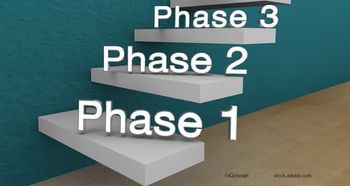
Laser reduces IOP
A laser-based surgical device has been shown during trials to provide a safe, non-penetrating method of reducing intraocular pressure (IOP), according to study results published by the developer of the device, IOPtima Ltd.
A laser-based surgical device has been shown during trials to provide a safe, non-penetrating method of reducing intraocular pressure (IOP), according to study results published by the developer of the device, IOPtima Ltd.
Once the laser reaches optimal residual intact layer thickness - when it comes into contact with the intraocular percolated liquid - it has attained the desired scleral thickness and stops ablating. IOPtima tested the CO2 laser-filtration non-penetrating device on surgery-indicated human study subjects (n=30) with a mean preoperative IOP of 26.0 mmHg who used an average of 2.28 medications. During the outpatient procedure of this multinational trial, the study team used local anaesthetic and performed six months of follow-up.
Trial results showed the procedure was safe and efficacious, with mean IOP being reduced to 14.0 mmHg at six months and reports of only minor adverse events. "Complete success" in the trial - defined as achieving IOP of <18 mmHg and total medication independence - was achieved by 86.7% of study participants, and 93.5% of subjects achieved IOP of below 18 mmHg. Average medications required dropped to 0.27 at six months.
Dr Joshua Degani, CEO of IOPtima, believes the easy-to-use new technology offers a significant breakthrough in glaucoma treatment. Patients will continue to be followed up for at least six more months to establish more definitive safety and efficacy data, which IOPtima hopes to use to achieve European and US regulatory approval.
Newsletter
Get the essential updates shaping the future of pharma manufacturing and compliance—subscribe today to Pharmaceutical Technology and never miss a breakthrough.










































